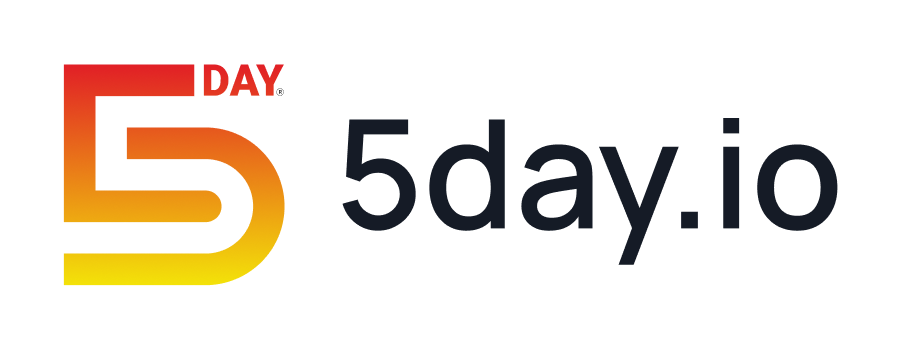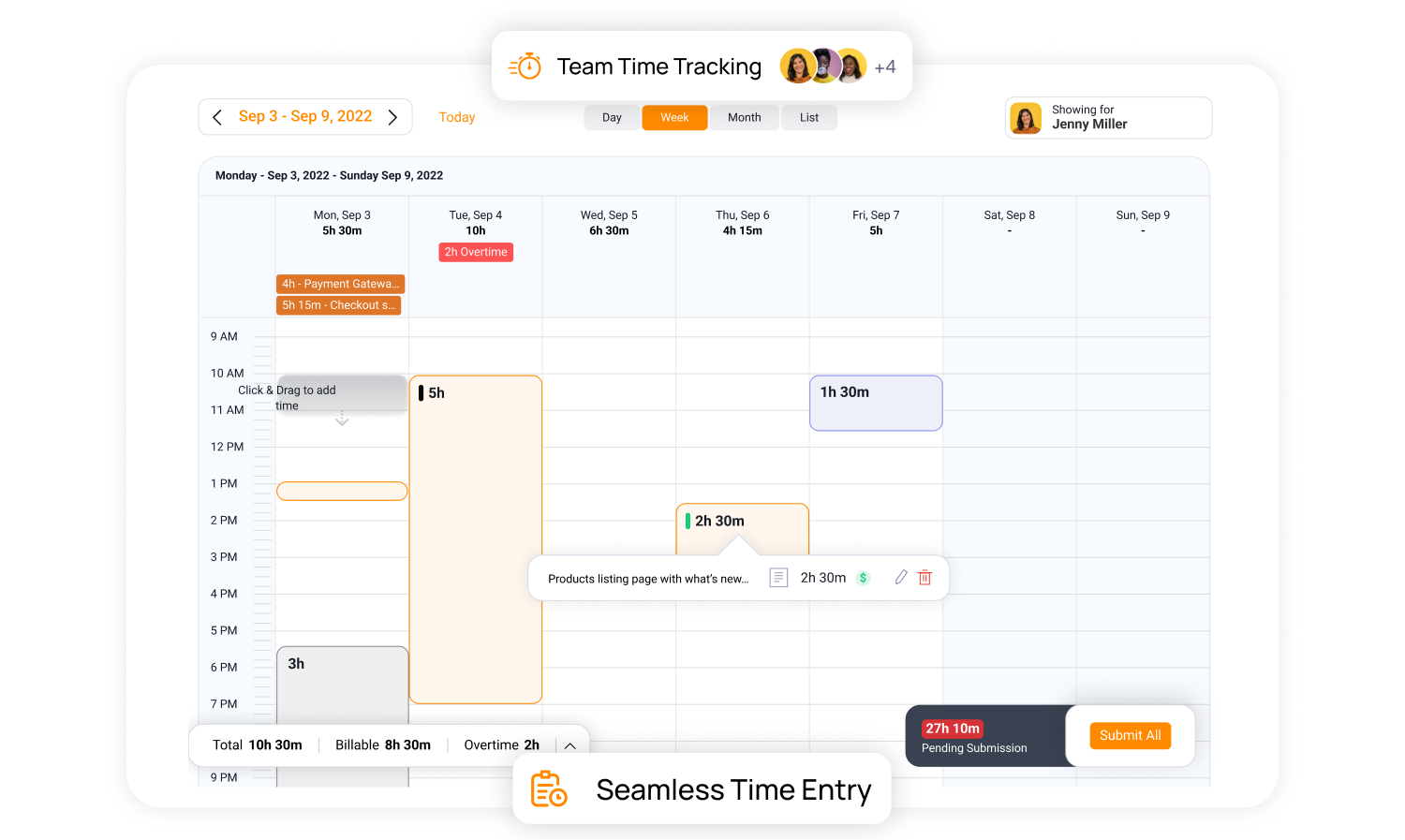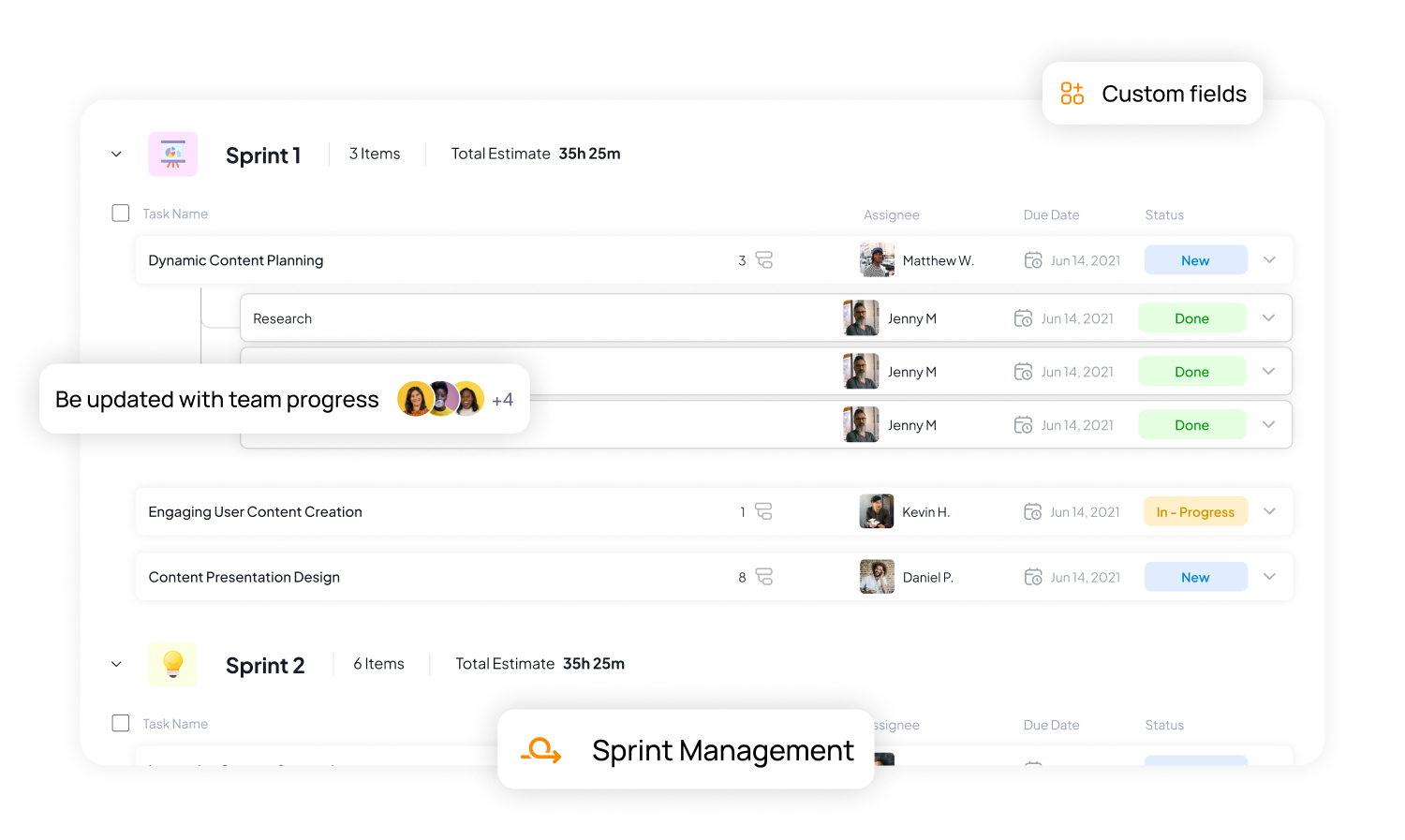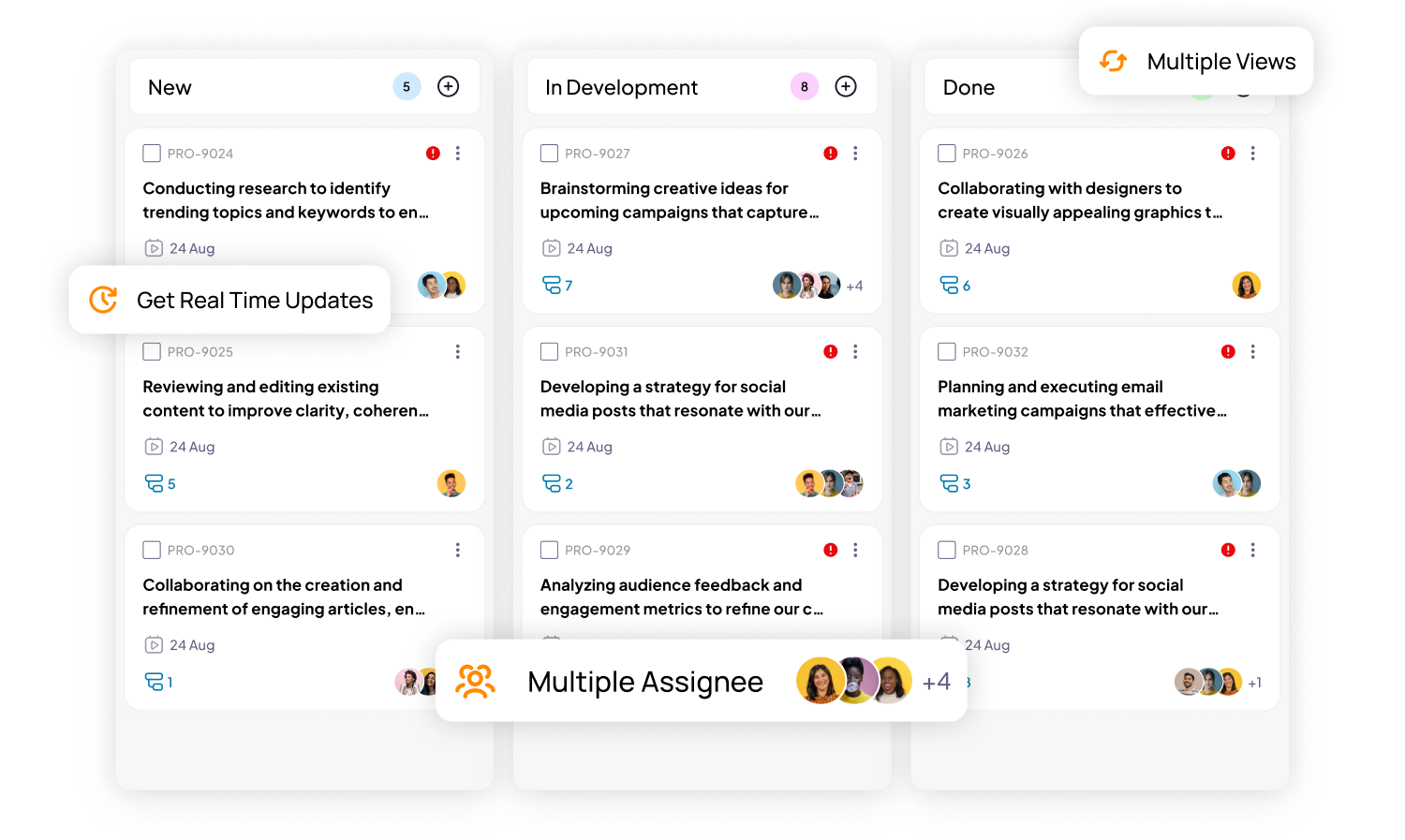TL;DR:
- Project plans provide clarity, improve collaboration, and keep scope creep out.
- A good project plan considers risks, outcomes, schedule, and resources.
- Apply relevant frameworks and invest in the right tools early on.
- Prepare a relevant, well-rounded proposal for the stakeholders. Refrain from walking them through the day-to-day plan.
Jumping into a project headfirst without planning can lead to scope creep, creating confusion and frustration. A clear, well-written project plan is essential to prevent disorganization in work.
This blog discusses the key elements of a project plan, why it is important, and how to write a project plan in 6 simple steps.
Why is a Project Plan Important?
A good project plan clarifies how to approach your project in the most optimal way and ensure it succeeds. It saves cost, time, and resources by helping you carefully allocate them as per the project requirement.
It gives your team a clear path to progress and improves team collaboration, as everyone knows what they must do to achieve a certain result. A clear project plan also defines key goals and deliverables allowing you to keep track of the path and course-correct when necessary.
Reducing all the ambiguity around your project with a solid, simple, and clear project plan will set you up for success early on.
What are the Key Elements of a Project Plan?
A project plan can be as simple or as complicated as you want. Although the plan will depend on the scope of your project, there are some elements that every project plan must have. Let’s see what they are:
- A complete overview of your project, including the purpose, key stakeholders, and goals.
- A clearly defined outcome that the project is set to achieve.
- A schedule of when the project will be carried out and when it must accomplish the goals.
- An outline of all the resources required to successfully complete the project. Consider tools, time, money, and personnel here.
Six Major Steps to Write a Killer Project Plan
The process of creating a project plan is not rigid. There is no rule book about what it must have. However, we at 5day.io recommend that these six steps be your starting point so you can set your project up for success.
1. Put Down Your Key Points
Start your project plan with an executive summary. A summary is a brief overview of your entire project.
It should cover points such as why you are starting the project, all the major highlights throughout the project, all the results and conclusions you want from the project, and any suggestions you might have about it.
Some other points to cover in the summary are:
- Goals and Objectives
- Resource Estimates
- Framework or Work Methodology
- Risks or Scope Creep
- Timeline
2. Determine Your Success Metrics
Once you have a summary, define the success metrics you will use to measure your goals. Having a success metric will help you determine if you are on the right track throughout your project.
A good way to determine goals is using the SMART technique. This means your goal should be:
- Specific
- Measurable
- Achievable
- Realistic
- Timely
3. Build a Solid Structure
A well-structured project plan uses effective frameworks to make sure all the work is accomplished on time. Some common project frameworks used in different industries are Agile, Scrum, Waterfall, Kanban Six Sigma, and many more.
To decide on a methodology, understand how your team functions and which way supports your team collaboration and management best. Plan your project in a way that reduces dependencies but increases cross-team collaboration.
Invest in the right tool for project management early on and have your team adapt to it for collaboration success later in the project.
4. Verify All Your Resources
Be precise with all the resources you need for your project. Check what you already have available, what you will need, and what you can upgrade.
Assigning the right amount of resources to the right task is vital to accomplish your goals easily. Key resources to consider are:
- Budget
- Team
- Time
- Technology
- Physical space
5. Do a Thorough Risk Assessment
No matter what your project is, it will have associated risks. Be it a risk of going beyond the timeline, exceeding the budget, lack of resources, scope creep or failure to achieve the set goals. Therefore, it is essential to do an initial assessment and determine the future roadblocks.
Prepare a risk assessment strategy to prevent mishaps or minimize the effect of risk on the project.
6. Get a Go Ahead on Your Project Plan
Now that you have created a thorough project plan, it is time to share it with your stakeholders and get a go-ahead. But before you do that, do a final review round of the plan with your team.
Make sure all the metrics are aligned. Review the team support, dependencies, millstones, and timeline. Check if you have made any assumptions that need to be changed.
Once you do this, go ahead and get that final stamp of approval. Some points to cover when discussing it with the stakeholders are:
- The pacing of your project
- What reviews they need to sign off
- When do they need to sign them off
- Any big milestones or timeline
- Some wiggle room in the project timeline
Your stakeholders might not be interested in knowing the daily nitty-gritty in most cases. Walk them through what is important and set up timelines where they can come and review the project’s progress at intervals.
Conclusion
By following this simple 6-step process, you can make sure your project plan is all set for a green light. A kick-ass project plan makes it easy to execute the rest of the phases of project management and sets your project up for early success.







